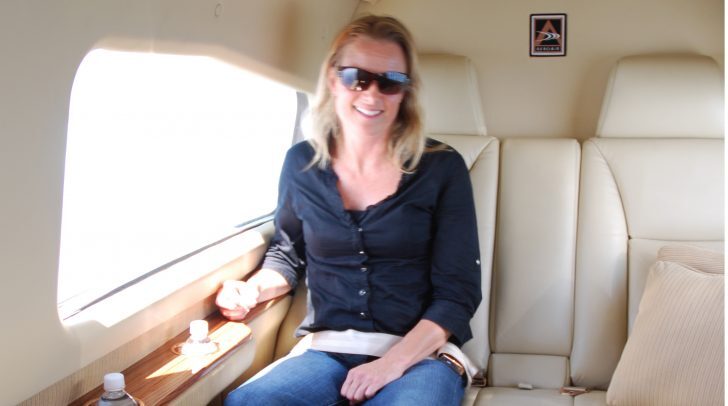By Matt Isley, President, Twin Commander Aircraft

We are well into a productive and rewarding year of designing solutions for the operating, maintenance, and upgrade needs for your Twin Commander, solutions that will contribute to the capability and reliability of your aircraft, and further extend the appeal of the storied Twin Commander brand.
One area we’ve been devoting considerable attention to is the pressurization system. It’s inevitable that, over time, there will be some deterioration of the components, seals, and sealant that prevent leaking of pressurized air from the cabin. Leaks make it difficult for the environmental control system to achieve and maintain optimum cabin pressurization at altitude.
We’ve been hard at work identifying all of the sources of cabin leaks, and it’s surprising where problems can occur. For example, the engine controls on the power quadrant in the cockpit connect to cables that transfer movement in the controls to the fuel controllers and prop governors on the engines. If the small seal in the end of each cable on the cockpit side suffers any deterioration, it will allow pressurized air to seep into the cable housing and escape to ambient air, and this alone can significantly affect the pressurization system’s performance. In addition, this exchange of air can allow moisture to form, which can freeze at high altitudes and impact engine control responsiveness.
As we identify the sources of cabin air leakage, we design contemporary products and techniques to create better seals in those areas, thus boosting the efficiency of the pressurization system.
We’ve addressed the main cabin door and windows, and have replacement seals in stock.

Hugh Davis, in yellow shirt, on the 2015 Twin Commander University panel, “ Know Your Airplane, Know Yourself.”
We’ve also stocked much-improved boots for the rudder pedal posts and control column pedestals—two areas where significant pressurization leakage can occur. Our current efforts are directed at long-term sealing of the wing roots and surface skins, and providing replacement ducts for the Sundstrand ECS.
Our efforts to improve an already great product are not confined to the pressurization system. We are in the final stages of testing a new belly skin protection system—a fender behind the nose wheel that deflects FOD from the spinning nose wheel that otherwise could cause damage to the belly of the fuselage.
Continuous product improvement is a benchmark objective of Twin Commander’s engineering efforts, and the ultimate expression of that focus is the Grand Renaissance Twin Commander—a completely refurbished airframe, with all systems overhauled or new. Continuous product improvement keeps your Twin Commander flying at peak performance and efficiency, with confident reliability. And it keeps the fleet flying at the leading edge of the market.
I end this message with some very sad news. In early April we lost two Twin Commander pilots in a Texas accident, one of whom was long-time Twin Commander instructor, mentor pilot, and Flight Levels contributor, Hugh Davis. Hugh was well known to many in the Commander world. He was a featured speaker at the biennial University, always attending with his gracious wife, Debbie. All who knew Hugh, and especially those who flew with him, held him in high regard for his extensive knowledge of Commanders, his instructional and mentoring skills, and his friendly, easygoing manner. Hugh, you will be missed.
